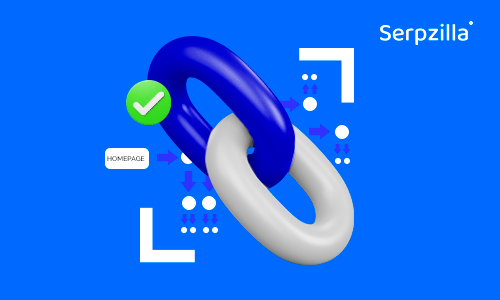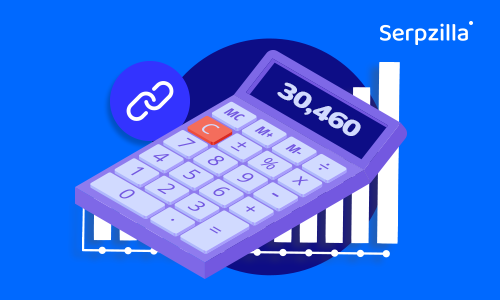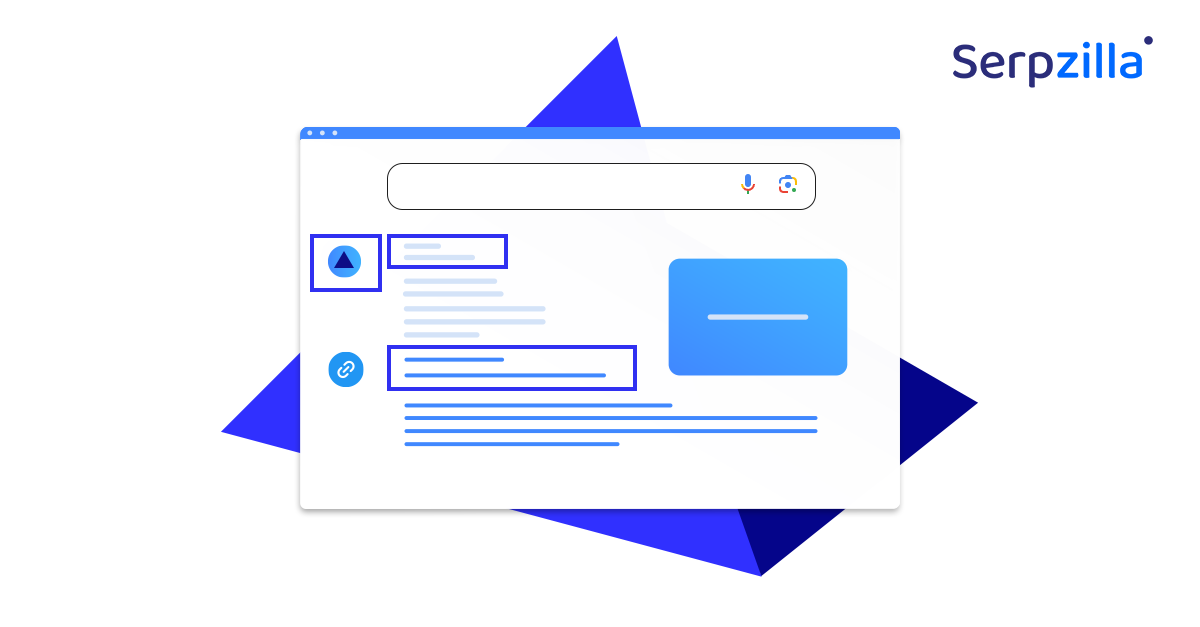Effective Website Redesign Tips from an SEO Point of View

A website redesign can be an exciting undertaking. It has the potential to improve user experience and, subsequently, the conversion rate on your website.
From a business point of view, it is far more interesting – the aim of any redesign is to boost brand identity and recognition, reduce bounce rates with well-structured information, and improving the overall visual appearance of the website.
Depending on the objectives and execution, businesses stand to gain substantially with a website redesign. However, it’s not always rainbows and butterflies.
When not executed correctly, a web redesign can cause serious damage to your site’s performance, especially from an SEO point of view. Since a redesign involves substantial changes to your design and layout, content, content structure and code, it may cause search engine bots to not recognize they are crawling the same website that they’ve done for ages.
However, a redesign is a natural progression of the growth of any website. It becomes an unavoidable necessity at certain points.
So, does everyone who redesigns their website lose traffic and rankings?
The short answer is NO.
There are some simple steps you can take to correctly implement a website redesign that can help you reap all the associated benefits without risking your visibility and rankings in the SERPs.
Let’s find out what they are.
Know Your Goals
For a successful website redesign project, you need a well-coordinated team of designers, developers, content strategists and planners. However, even before that, you must determine why you want to redesign your website.
Having a specific goal can help streamline the process, make development and SEO easier, and help you create a thorough and focused plan to execute.
Common redesign objectives include,
- Improving the visual appeal of your website
- Improving the user experience
- Reducing the load time of your pages
Once you have determined your goals, it is time to start the actual redesign and move on to factors that impact the SEO performance.
Conduct A Site Analysis
There are two objectives for conducting a site analysis or SEO audit:
- To benchmark the current SEO-related metrics. These benchmarks will be used to measure how much your website’s performance has improved or dipped after the redesign. These include organic traffic, impressions, time on site, page loading time, number of keywords for which your site appears in the SERPs, current conversion rate, and more. These KPIs can be used to determine the impact (positive or negative) of the website redesign.
- To find the most valuable pages and content on your website. This is done so you can be sure that you are only retaining the most useful aspects and content on your website.
Run a full content audit on your website and determine which pieces of content drive the maximum number of links and visitors. Try to figure out which pages can be connected with your biggest and most consistent conversions.
You can use a variety of SEO tools like Ahrefs or Semrush to find this information.
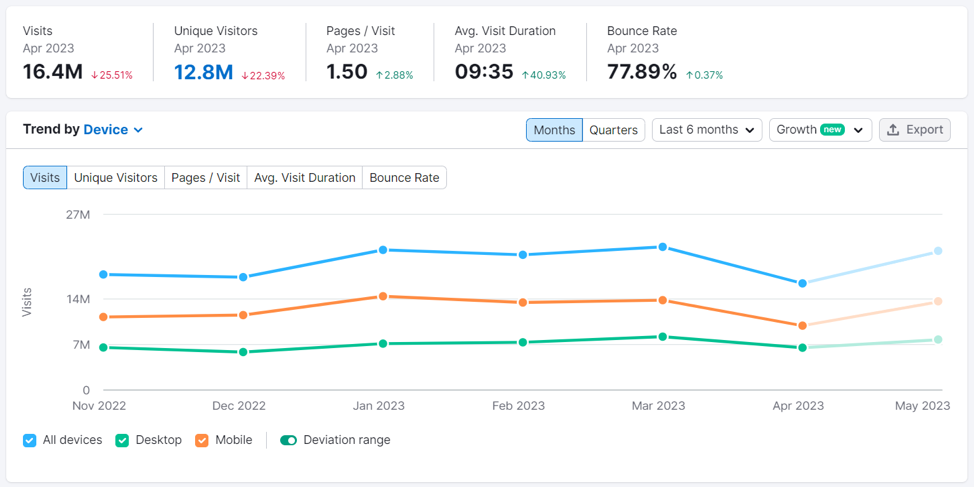
During the redesign, you will want to limit the changes you make to your best-performing pages. It is important to be careful with these pages as they are the most responsible for driving your website’s SEO performance.
A good SEO audit will also record other key performance indicators of your website. These may include domain authority, number of links, bounce rate, time on site, leads generated, and so on, depending on the goals of your redesign.
Redo the Site Architecture
Your site structure or information architecture influences the navigation of your website. The two are often confused with each other because of their direct implications on UX.
While site structure dictates how users navigate through the site, the information architecture shows the flow of information. Together, they can be called “site architecture” – and it can either make it easy for users to find relevant information or turn your website into a navigation nightmare.
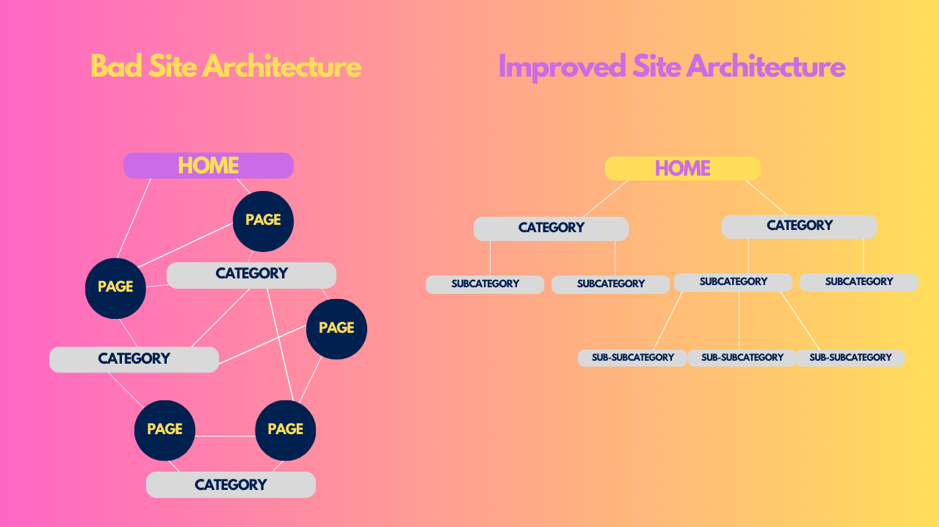
While planning a website redesign, updating your site architecture is a crucial step. There are always a few steps you can take to ensure better user experience.
The most important thing is to make sure your product categories and subcategories are organized in the correct hierarchy. You can also take the verticals or industries you work in and associate them on the same plane with appropriate products or services.
Map Your URL Redirects
Once you get your site architecture right, you must make sure all the pages on the old site (especially the ones you want to keep) will have an equivalent on the new site.
Internal links are critical to getting all pages in your sites crawled and indexed. However, many website owners don’t realize this and never even check for broken internal links on their websites.
Broken links are those lead to pages that don’t exist. They might be the result of human error in typing or the webmaster deleting the page later. They can hurt SEO performance by throwing Google off its linear crawling path.
Checking for these links and placing 301 redirects to improve the experience on your website can go a long way in improving its SEO performance.

For human visitors, it also means less frustration because they will see the page that they expect to see.
Optimize Existing Content
Just like an SEO audit, a content audit looks at the metrics that influence your visits and conversions – but from a content point of view.
It will leave you with a list of top-performing and non-performing pages. You can decide to update or delete the latter (which might be outdated or non-informative) altogether.
Once you have determined which content pieces will remain a part of your redesigned website, it is time to revamp them. This refers to the actual content (text, images and videos) and not the layout, elements or features of the page.
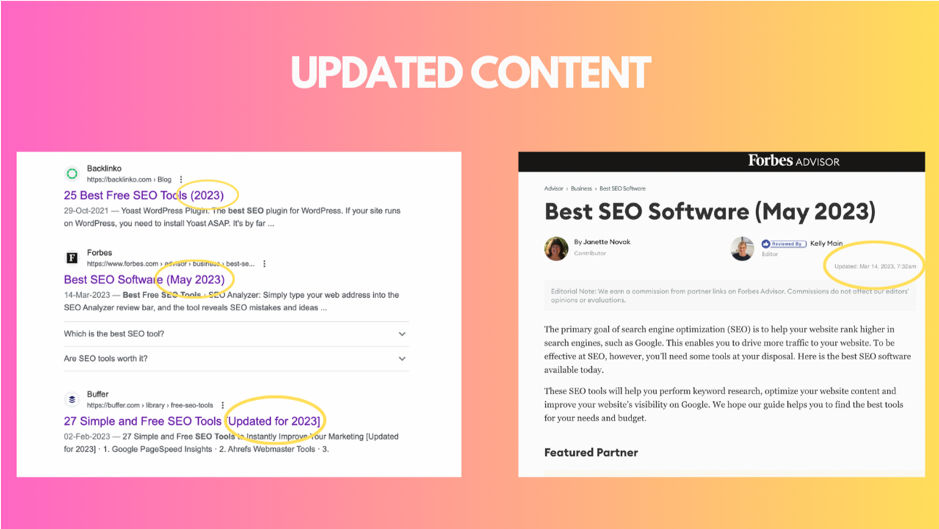
Even your best-performing pages may have chunks of outdated information. If you are in a fast-evolving industry such as SEO, there may be new developments in topics you wrote even a few weeks ago. As a result, even if your blog posts are ranking well today, they may be upstaged by a competitor in the future.
This can have a devastating impact on the amount of traffic you can attract with that blog post. Rohan Ayyar, in his talk Stop Dissing Rankings at BrightonSEO, showed that the top 3 results attract over 60% of the total clicks for a given keyword. As a result, you should do everything to get (and stay) there.
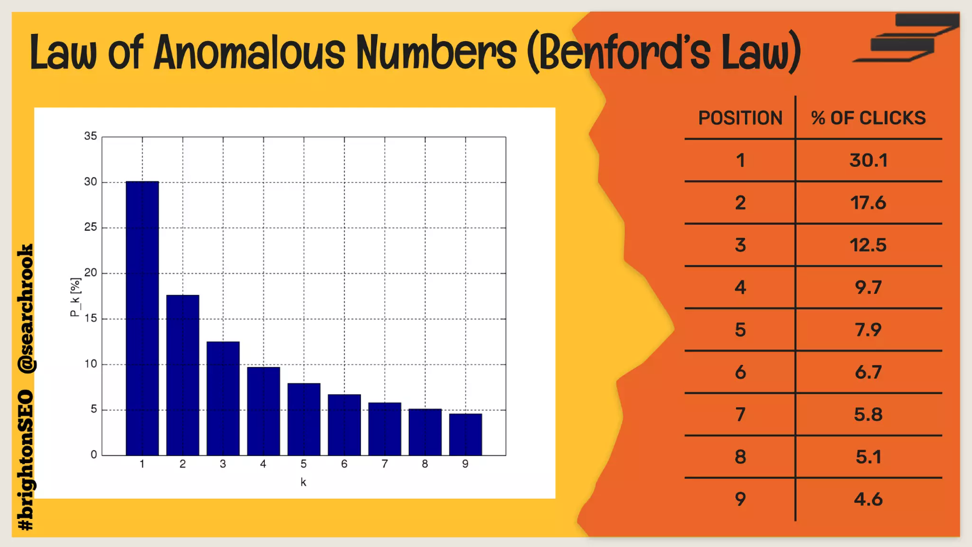
Source: https://www.slideshare.net/seomighty/stop-dissing-rankings#16
To that end, refreshing old content can prove to be a superb SEO tactic. Ahrefs has some great case studies on optimizing and republishing content.
Improve Page Loading Speed
Once you have created a website redesign plan, make sure none of the new elements on your website are causing it to load slower. Every millisecond lost in loading time can cost you visitors and conversions.
Google keeps blowing hot and cold on the importance of page speed as a ranking factor, but there is no doubt that the speed matters for ranking.
There are a number of ways to reduce load time and improve page speed. You can install a caching plugin on your website and minify your code. You would also do well to use a content delivery network (CDN) and compress website files to improve page speed.
Finally, give your pages a check on online tools such as GTMetrix or Google PageSpeed Insights:
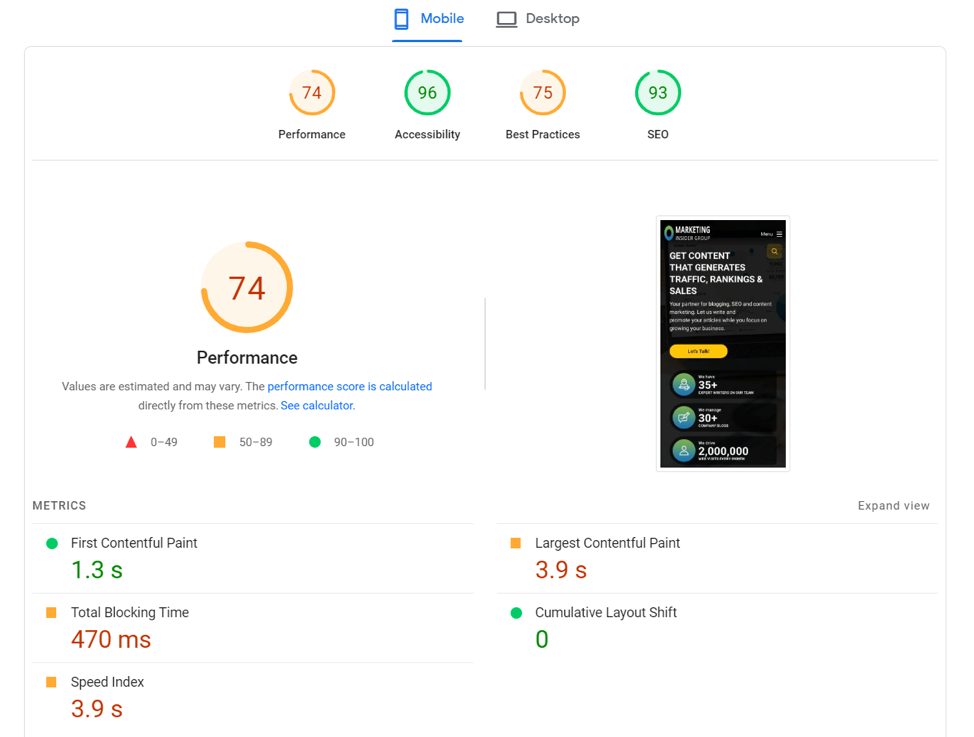
You’ll get a whole list of suggestions on what to improve.
In Conclusion
It is super-important to consider the SEO impact before implementing each individual aspect of your website redesign. One false step and you risk losing your Google rankings and organic traffic for an indefinite period of time.
On the other hand, taking care of simple SEO and content-related details can give a long-term boost to user experience, brand recall, conversions and sales.





